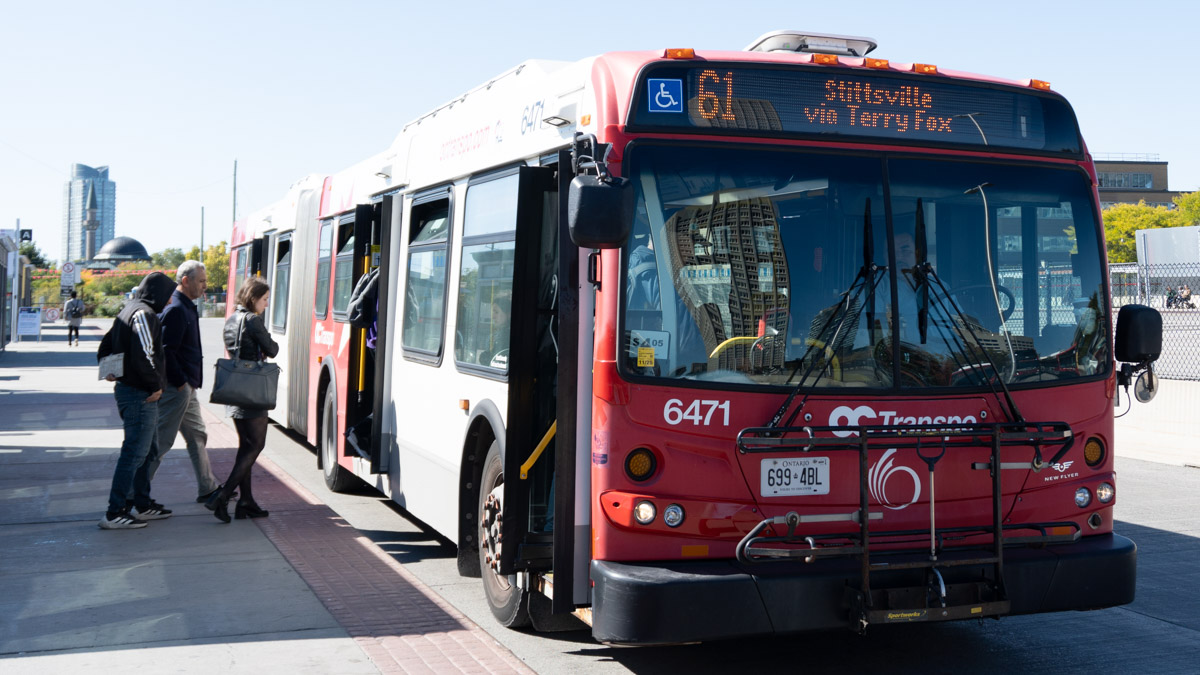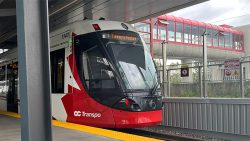Some days, Kessy Simbi spends four hours commuting from Kanata to her job at the House of Commons.
“The most frustrating part is just knowing that you did everything right to be [at the bus stop] on time, but the buses aren’t [there],” she said.
Simbi moved in with her family after graduating from uOttawa in April 2025. She didn’t think twice about transit wait times and reliability when she lived downtown. Now that she has a stable job, inaccurate predictions for her bus’s arrival time are convincing her to move again.
“I’m very much looking forward to getting back into the city and shortening my commute time,” she said.
Simbi believes her experience has worsened recently. OC Transpo’s New Ways to Bus may help some, but it has made her wait longer for buses that are often packed, she says.
“Even when I’m on the bus, it’s at least 30 minutes, whereas it would have been a bit shorter back then. And then I take two buses for 30 minutes, which is an hour of my time,” she said.
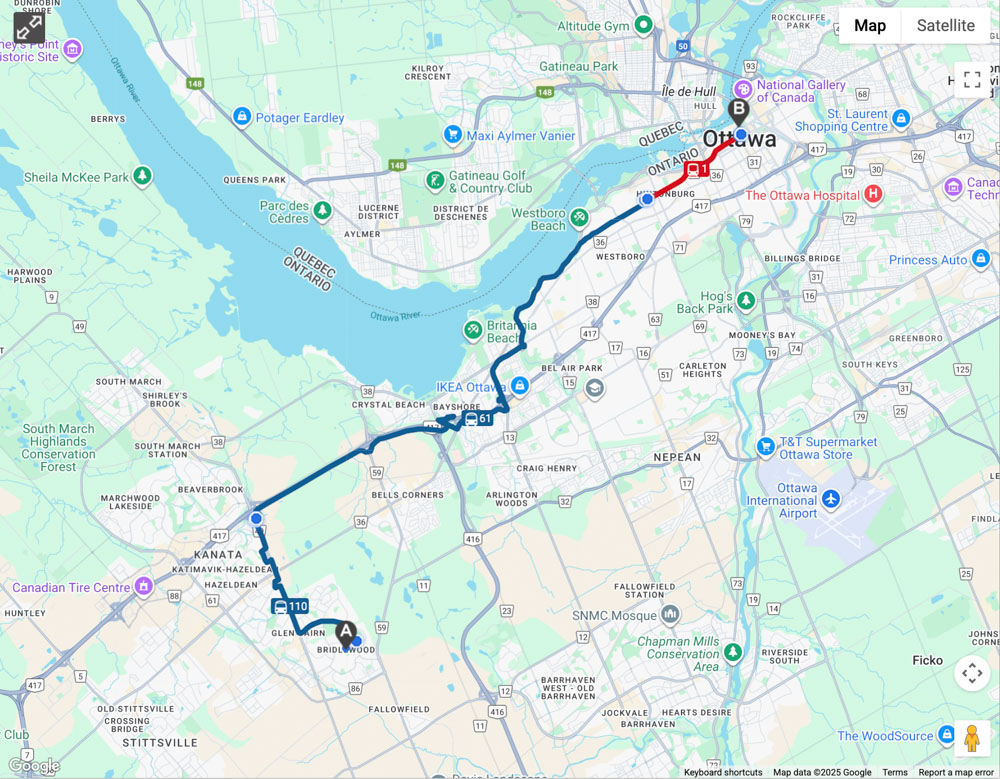
Starting April 27, New Ways to Bus introduced new routes while changing or cutting others to “focus on frequency, local service in your neighbourhood, and connections to key destinations,” the OC Transpo website said.
Ottawa Transit Riders board member Laura Shantz said the group has heard from others like Simbi who have to walk further to connected buses that arrive less frequently. But Shantz has also heard the opposite.
“I’ve heard both from people who say that the New Ways to Bus really streamlined their getting around by transit and people who said that it made it just completely unworkable,” she said.
The bus network may be new, but transit complaints in Ottawa are not. OC Transpo has been dealing with a shortage of buses that has increased bus cancellations and reliability issues.
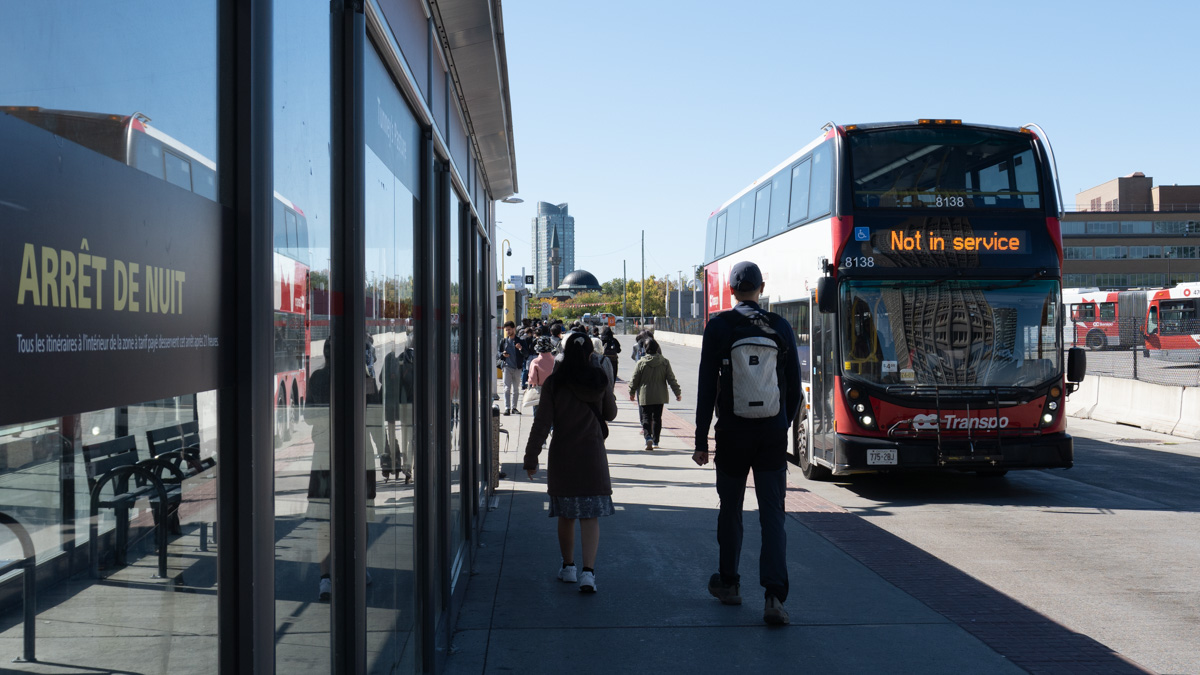
University of Ottawa student Laura Clarke spends around 90 minutes commuting from Stittsville to her classes. She said the New Ways to Bus has not affected her because her daily bus is consistent.
“Honestly, the 61 isn’t bad at all, like it comes pretty regularly,” Clarke said. Actually, last year, I didn’t have any trouble.”
Another student, Brooke Anderson, says she spends the same amount of time in transit from Kanata to Carleton University. Anderson founded Carleton Transit Riders, an advocacy club at the university that is a part of Ottawa Transit Riders, to inform students on how to push for better transit from the City.
It’s probably the peak of the worst time to be a transit commuter in the west end.
Stittsville Coun. Glen Gower
Clarke and Anderson take Route 61 (Stittsville/Terry Fox) to grab the O-train at Tunney’s Pasture. The 61 had a daily average of 4,000 riders in the Winter 2025 school semester and it has been on time 83 per cent in Fall 2025, according to the City of Ottawa. A city spokesperson said Route 61 is a frequent route “which means [its] on-time performance is measured in terms of service regularity.”
Ottawa’s busiest bus route in Winter 2025 (before New Ways to Bus changes) was Route 88 from Hurdman to Bayshore, with an average of 14,900 customer boardings a day.
Stittsville Coun. Glen Gower, chair of the Transit Committee acknowledged current difficulties.
“It’s probably the peak of the worst time to be a transit commuter in the west end. And I say that because the LRT is under construction and so a lot of the dedicated transit lanes that serve the west end, Stittsville, Kanata, are not available.”
Gower said Route 163, added by New Ways to Bus, is a way to address a gap in the network. He said the city has also bought diesel buses that are to start providing service in October.
“Folks are going to see continuing improvement in the reliability of the buses, as we get more diesel buses and electric buses into our fleet, and as we’re able to redeploy buses from the East end to other [routes].”
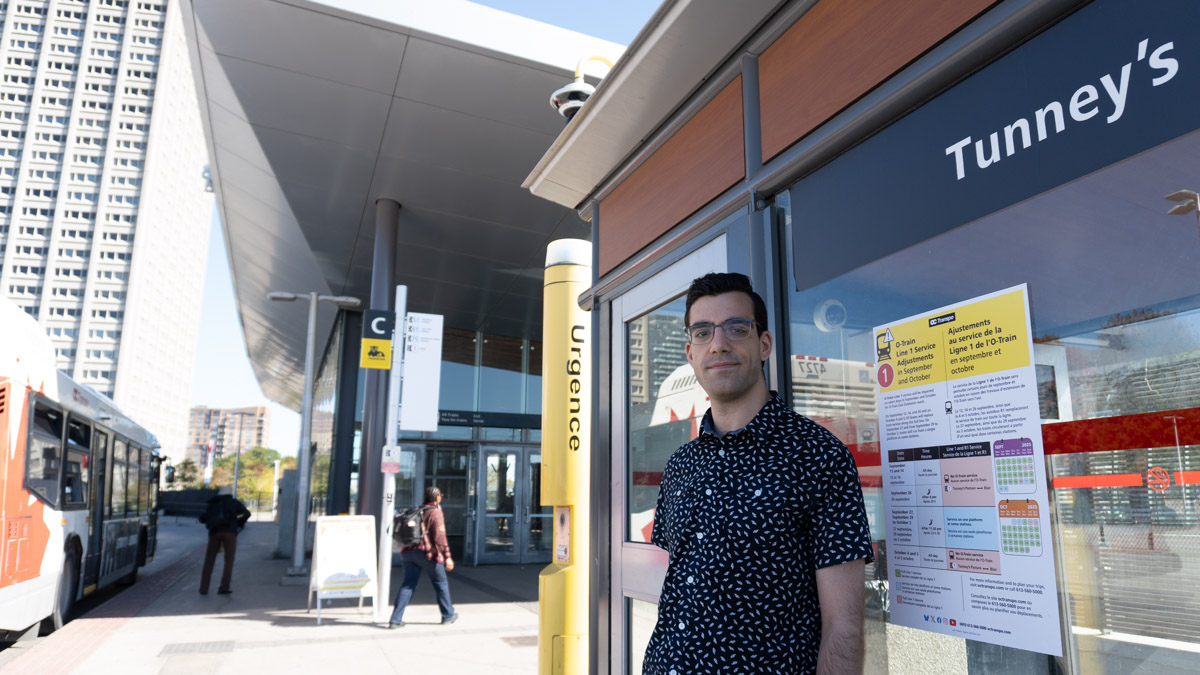
In the midst of the turmoil over the transit changes, Ottawa documentary filmmaker Gio Petti published ‘“Dude, Where’s My Bus?” on YouTube last November. The documentary has around 150,000 views to date.
Petti admitted that New Ways to Bus has not affected him directly, but he has heard complaints. He said he’s glad to bring attention transit issues to the city’s attention.
“At the end of the day, unfortunately, I don’t run a transit agency,” Petti said. “A lot of other people are looking up at OC Transpo, seeing the decisions that they made. And that’s of course a different view from someone at the very top looking down making these decisions.”
Petti’s daily commute is from Riverside South to downtown Ottawa. He’s noticed some improvements with the addition of the O-Train’s Line 2.
“I got lampooned a lot, because a lot of people said my faith was fake optimism. But honestly, I’m actually really glad we got it and I’m really thankful for it and it’s made my commute a lot easier,” he said.
When he made the documentary, Petti was still looking forward to Line 2’s opening day. Now, happy with its implementation, he said he’s excited for the future of transit in Ottawa.
Petti is working on two more documentaries: one about O-Train’s Line 2, and a sequel to “Dude, Where’s My Bus?”
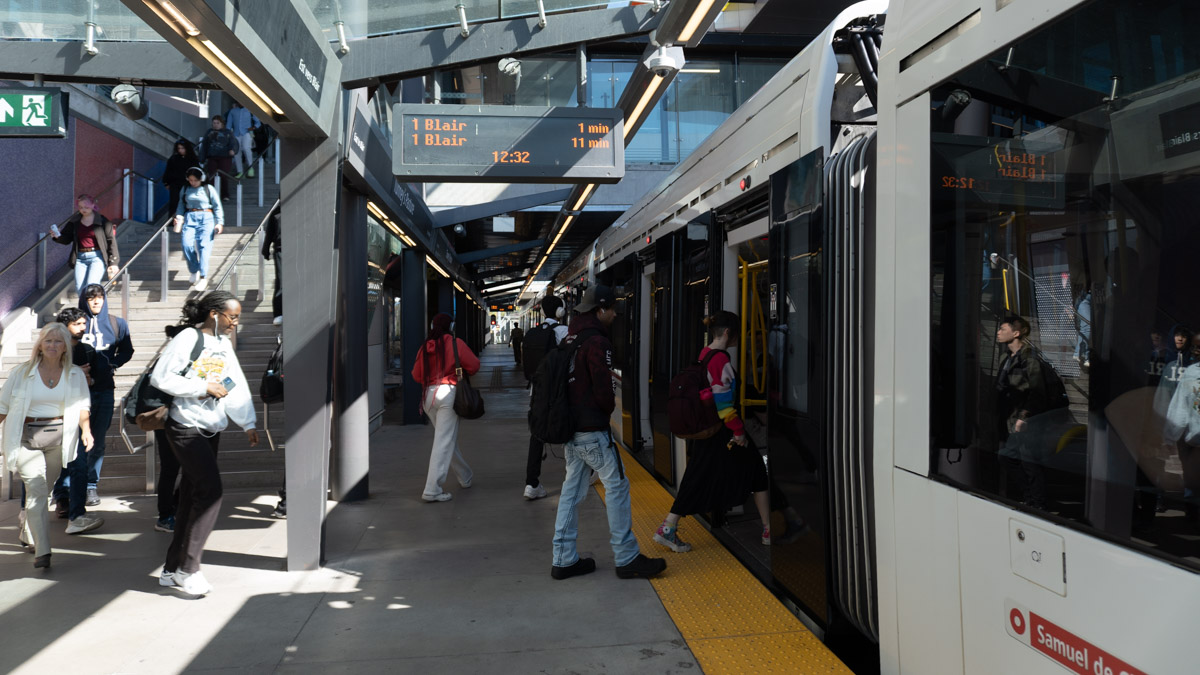
Gower said the 15 kilometre O-Train West extension will improve transit reliability. This third phase in the O-Train’s expansion extends Line 1 from Tunney’s Pasture to Algonquin and adds Line 3 from Trim to Moodie.
“It’ll mean if you’re going towards Carleton U or Ottawa U or even Algonquin, you’ll be able to take the bus from Stittsville to Moodie drive and then from the Moodie station onwards, you’re on a train so you’re not fighting with traffic. You’re in a much more reliable system,” Gower said.
Clarke and Simbi are also looking forward to the extension.
“If I’m able to have a commute that’s shorter and more convenient or more reliable, I think my trust would be a lot better and maybe I wouldn’t be so eager to move back into the city,” said Simbi.
The O-Train West’s rail installation is finished, the Transit Committee says and overhead wires meant to power the trains should be completed by the end of 2025.

